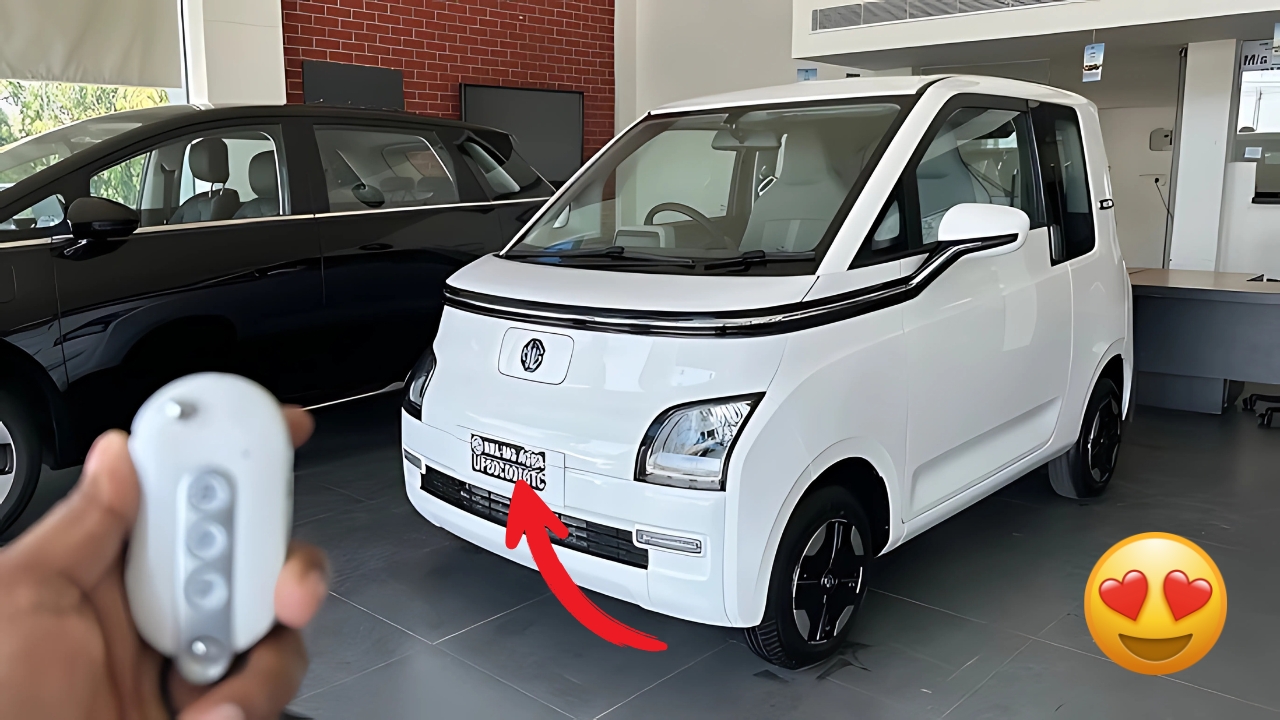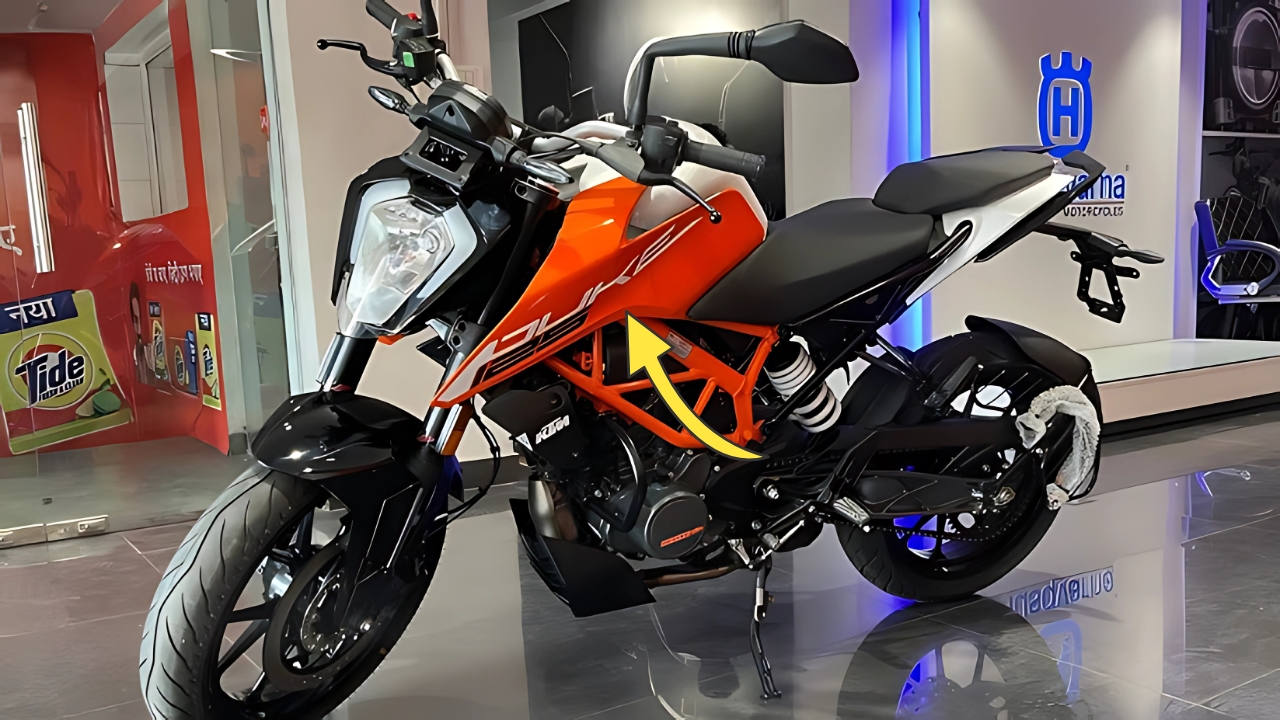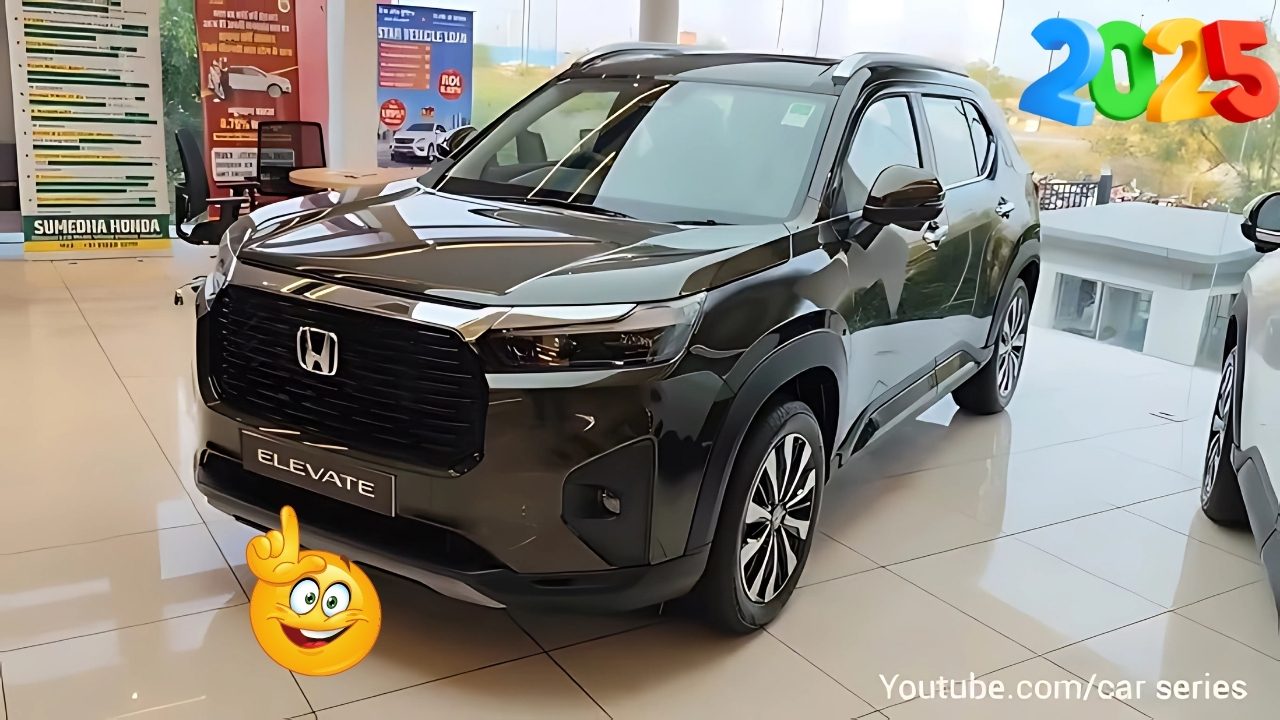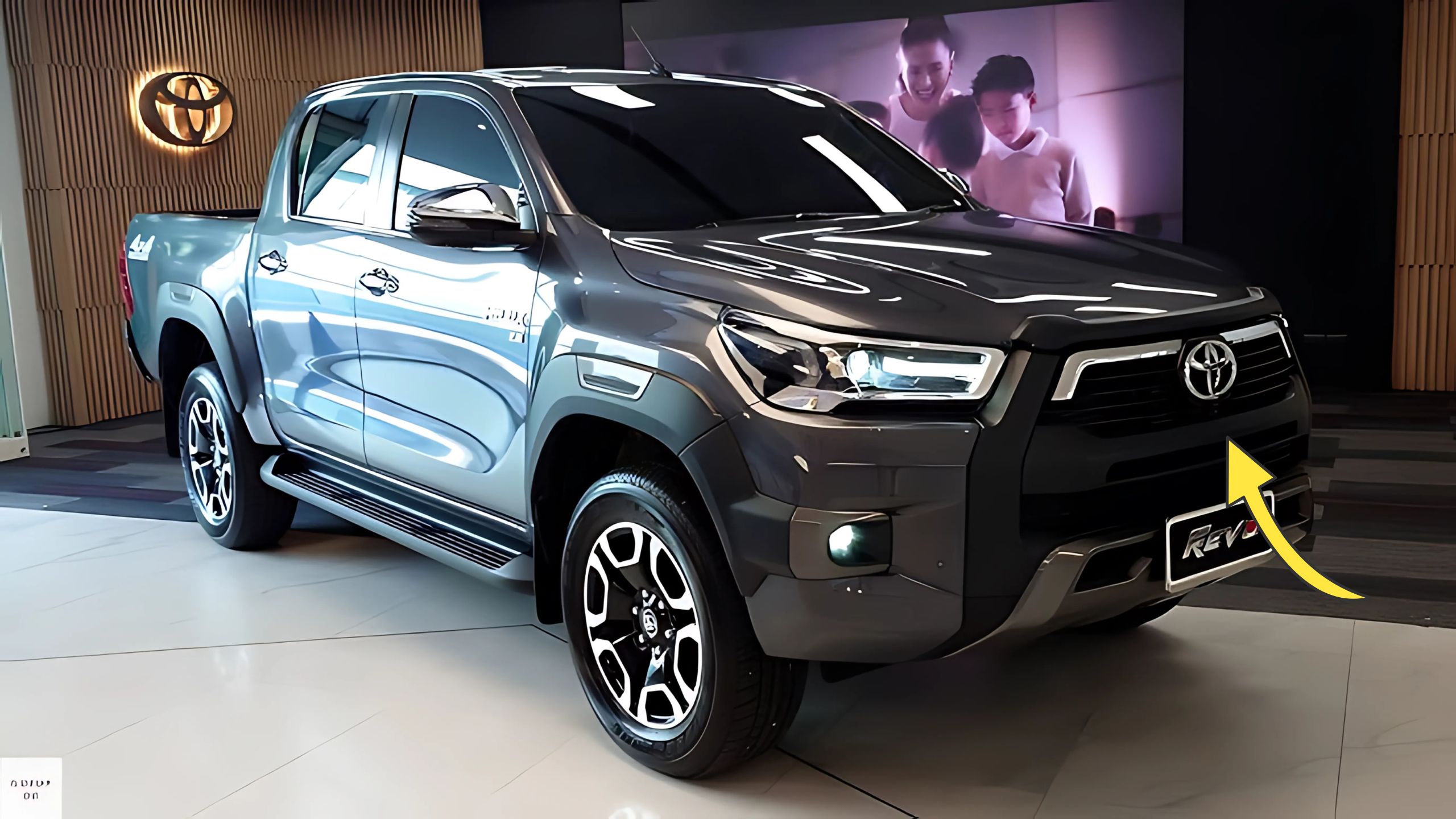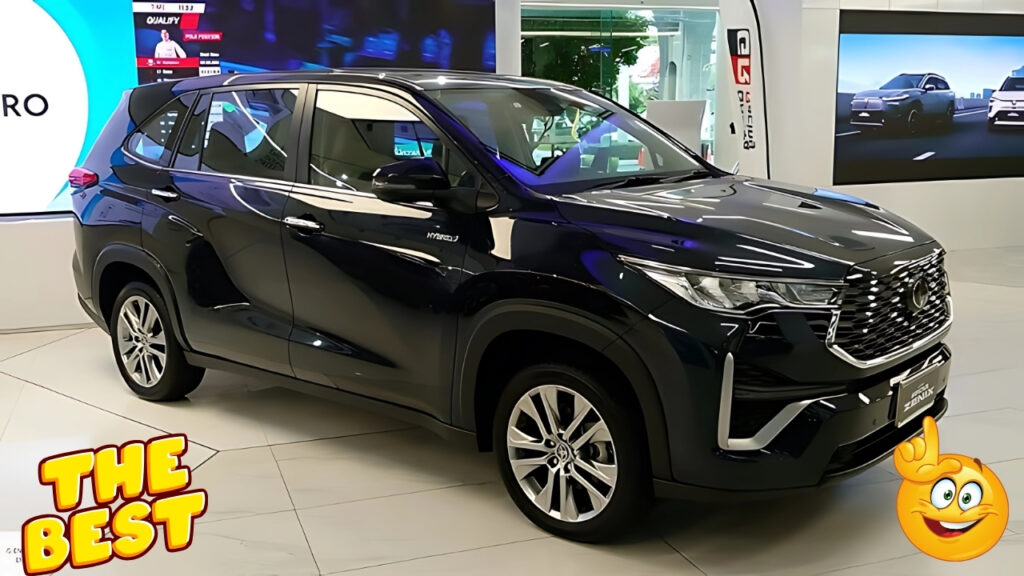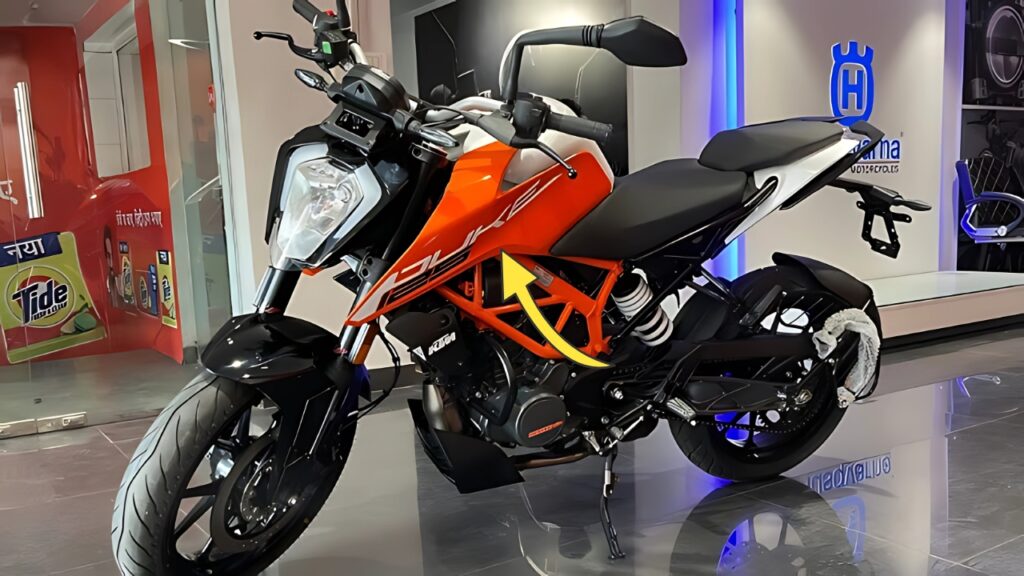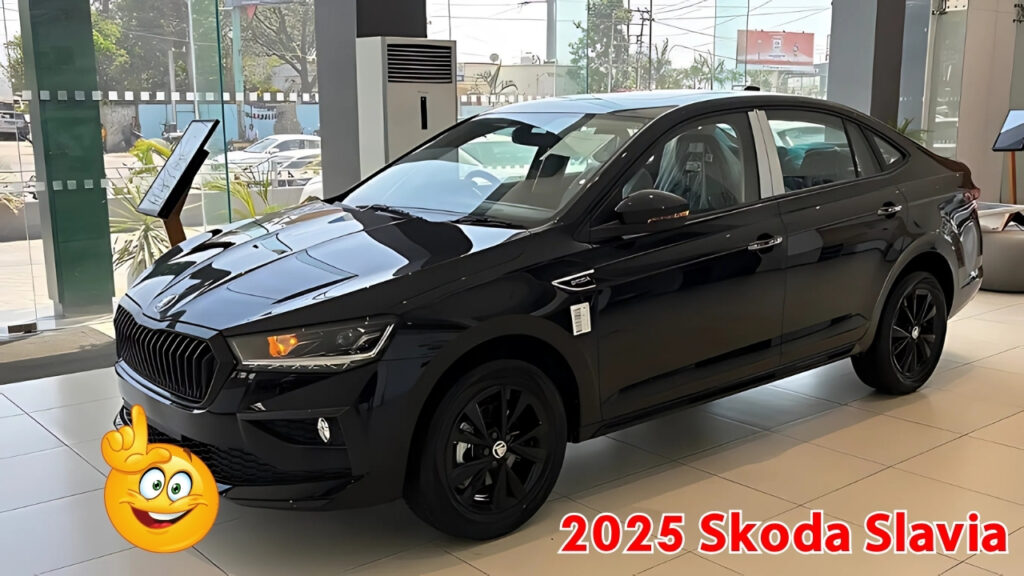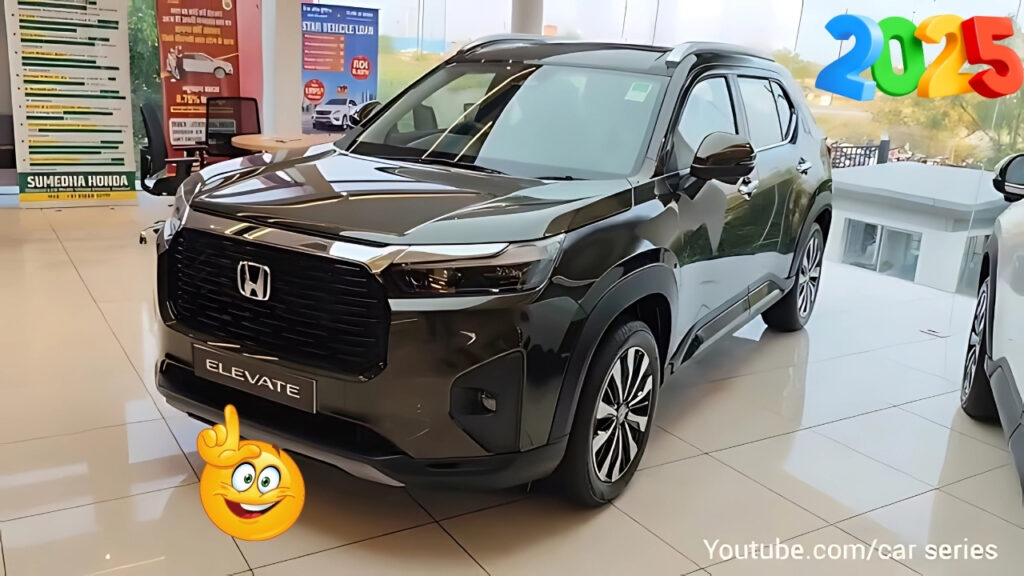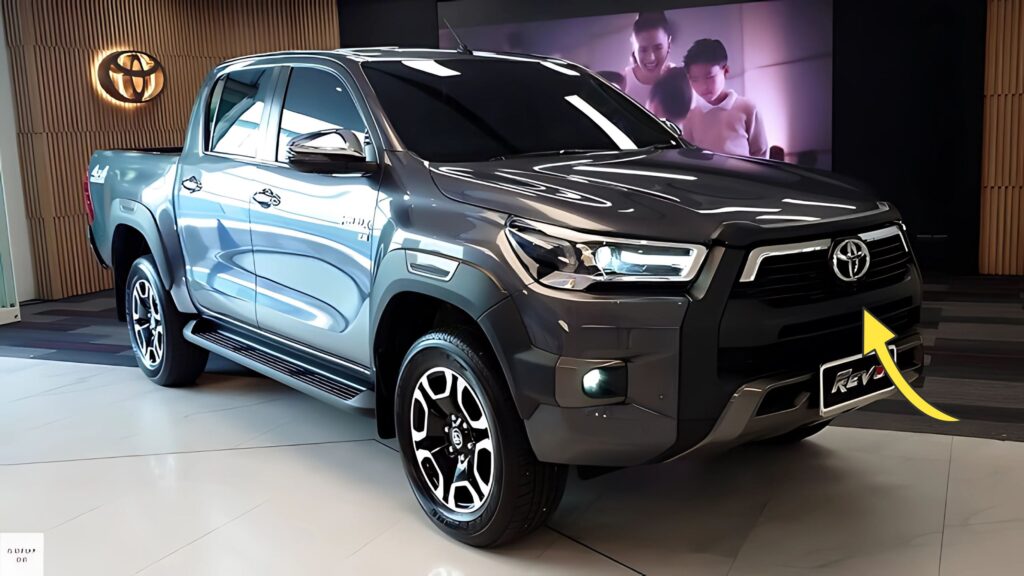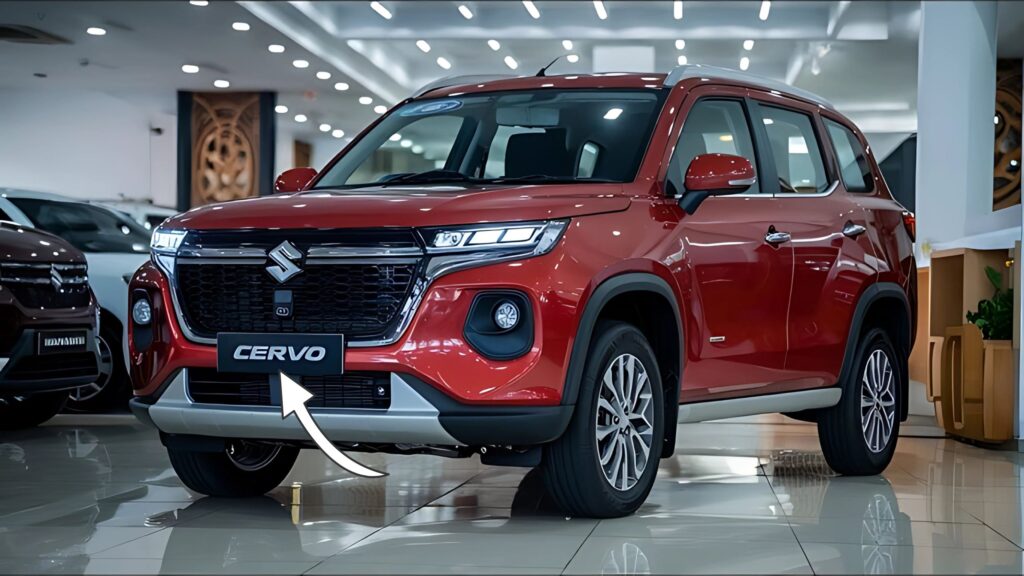MG Comet EV: The Indian electric vehicle market witnessed something extraordinary when MG Motor introduced the Comet EV – a vehicle that dared to challenge conventional wisdom about what an electric car should be.
This isn’t just another entry-level electric vehicle; it’s a bold statement about urban mobility, designed specifically for India’s congested city streets where size matters more than speed.
MG’s decision to create an ultra-compact electric vehicle stemmed from recognizing a genuine market gap.
While most manufacturers focused on larger, more expensive electric SUVs, MG identified the need for an affordable, practical urban solution that could serve as either a primary vehicle for small families or a secondary car for metro dwellers.
MG Comet EV Design Philosophy and Visual Character
The Comet EV’s design approach prioritizes function over flash, yet manages to create a distinctive visual identity.
Measuring just 2,974mm in length, 1,505mm in width, and 1,640mm in height, it’s genuinely pocket-sized compared to conventional cars. However, these dimensions work in its favor, creating a unique proportional balance that makes it appear taller and more substantial than its footprint suggests.
The front fascia features a closed grille with chrome accents and the prominent MG logo, immediately signaling its electric credentials.
LED headlamps provide adequate illumination, though the absence of fog lamps reflects cost considerations. The most striking design elements are the dual-tone paint options that combine colors like Apple Green with Starry Black or Candy White with Starry Black, creating visual interest that helps the tiny car stand out in traffic.
The rear design maintains simplicity while incorporating LED tail lamps and a clean bumper design.
The high roofline and tall stance give the Comet a distinctive silhouette that’s both functional and memorable. While some might find the overall design polarizing, it undeniably achieves its goal of being instantly recognizable.
Interior Space and Practicality
Despite external dimensions that suggest severe space constraints, the Comet EV surprises with its interior packaging efficiency.
The cabin accommodates four passengers, though rear seat comfort is optimized for shorter journeys rather than extended highway travel. Front seats offer adequate support and comfort for daily commuting, while the rear bench features a 50:50 split-folding arrangement that enhances cargo flexibility.
The dashboard layout emphasizes simplicity and functionality. Recent updates introduced dual 10.25-inch displays – one serving infotainment duties, the other functioning as a digital instrument cluster.
This twin-screen setup brings contemporary technology to an affordable package, though the overall design remains refreshingly uncluttered compared to touchscreen-heavy competitors.
Storage solutions include practical cup holders, door pockets, and a reasonable 350-liter boot space that’s surprisingly generous for a vehicle this size.
The one-touch slide and recline passenger seat facilitates easier access to the rear row, demonstrating thoughtful engineering within tight packaging constraints.
Technical Specifications and Performance
| Specification | Details |
|---|---|
| Motor Power | 41.4 BHP |
| Torque | 110 Nm |
| Battery Capacity | 17.3 kWh / 17.4 kWh (FC variants) |
| Range (ARAI) | 230 km |
| Real-world Range | 190-210 km |
| Charging Time | 3.5 hours (7.4 kW) / 7 hours (3.3 kW) |
| Top Speed | 85 km/h (restricted) |
| Acceleration | 0-60 km/h in 6.9 seconds |
| Drivetrain | Rear-wheel drive |
| Seating Capacity | 4 passengers |
| Boot Space | 350 litres |
Driving Experience and Performance
The Comet EV’s rear-mounted permanent magnet synchronous motor delivers 41.4 BHP and 110 Nm of torque, providing adequate performance for urban scenarios.
The instant torque delivery characteristic of electric motors makes the Comet feel surprisingly peppy in city traffic, easily outpacing conventional small cars from traffic lights.
Three driving modes – Eco, Normal, and Sport – adjust power delivery and energy consumption patterns.
Eco mode maximizes range but limits top speed to around 81 km/h, while Sport mode allows access to the full 85 km/h top speed restriction. This speed limitation, while initially seeming restrictive, proves appropriate for urban driving conditions where average speeds rarely exceed 40-50 km/h.
The steering feels light and responsive, making parking and maneuvering in tight spaces effortless.
The 4.2-meter turning radius enables U-turns in spaces where larger vehicles would struggle. Suspension tuning prioritizes comfort over sportiness, effectively managing city road imperfections while maintaining composed handling.
Technology and Connectivity Features
The 2025 update significantly enhanced the Comet’s technology credentials.
The iSmart connected car system offers over 55 connected features plus 100+ voice commands, making it technologically competitive within its segment. Wireless Android Auto and Apple CarPlay integration eliminates cable clutter, while the responsive touchscreen interface handles most functions intuitively.
Recent variant updates introduced features like rear-view cameras and power-folding ORVMs to mid-spec variants, while top variants now include four-speaker audio systems and leatherette seat upholstery. These additions address previous criticism about feature disparity between variants.
Safety and Build Quality
The Comet EV incorporates essential safety features including dual front airbags, ABS with EBD, electronic stability control, hill hold assist, and ISOFIX child seat anchors.
The high-strength vehicle body utilizes 17 hot stamping panels for structural integrity, though the vehicle hasn’t undergone independent crash testing yet.
Additional safety elements include electronic parking brake, front and rear disc brakes, tire pressure monitoring, and speed-sensing door locks.
While comprehensive for its price segment, the absence of side and curtain airbags reflects cost optimization priorities.
Charging Infrastructure and Practicality
The dual charging strategy addresses different user requirements effectively.
The standard 3.3 kW AC charger requires seven hours for complete charging, suitable for overnight home charging scenarios. Fast charge variants include a 7.4 kW charger that reduces charging time to 3.5 hours, ideal for users requiring quicker turnaround times.
The IP67-rated battery pack ensures water and dust resistance, providing confidence during monsoon conditions. MG’s comprehensive warranty package includes eight years or 1.2 lakh kilometers on the battery pack, addressing long-term reliability concerns.
Market Position and Value Assessment
Key Strengths:
-
Most affordable four-seater electric vehicle in India
-
Compact dimensions ideal for urban navigation
-
Adequate real-world range for city commuting
-
Comprehensive connected car features
-
Efficient packaging maximizing interior space
-
Unique design creating strong visual identity
Considerations:
-
Limited highway capability due to speed restrictions
-
Two-door configuration affects rear seat accessibility
-
Basic interior materials in entry variants
-
Absence of independent safety ratings
MG Comet EV Final Verdict
The MG Comet EV succeeds brilliantly in its intended role as an urban mobility solution. Starting at ₹7.36 lakh (with BaaS from ₹4.99 lakh), it democratizes electric vehicle ownership while delivering genuine practicality for city dwellers.
